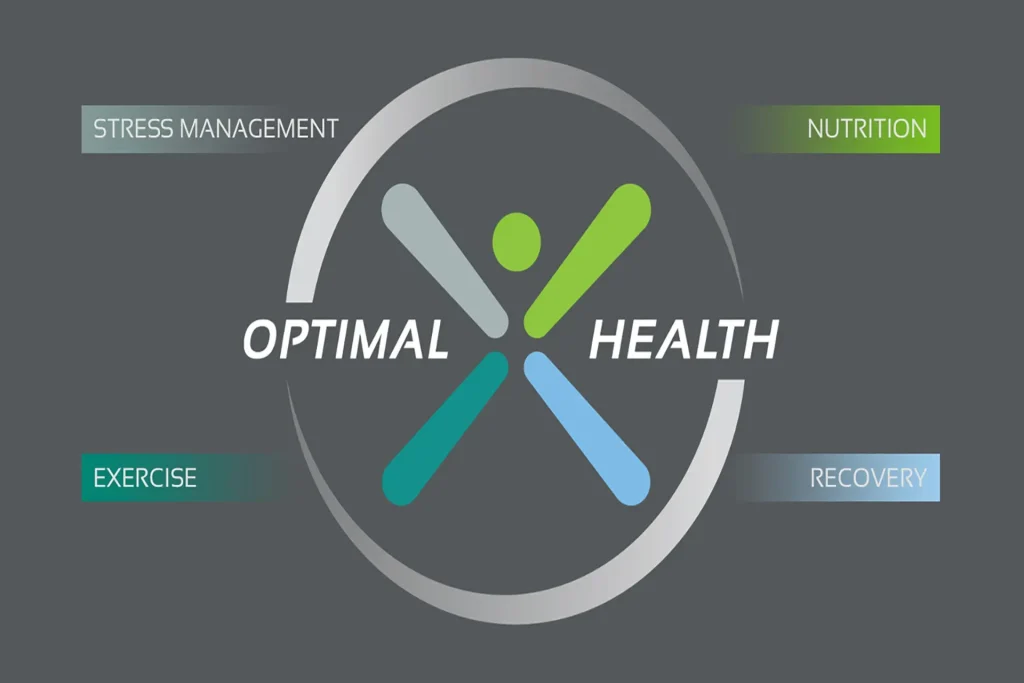The recent Omada Health IPO has made waves in the digital health sector as shares of the chronic care company surged by 21% in their debut on Nasdaq. Priced at $19 per share, Omada Health’s stock opened at $23, ultimately closing at this level and peaking at an impressive $28.40 during the day. With the company successfully selling 7.9 million shares, raising around $150 million in capital, it now boasts a valuation exceeding $1 billion. Known for its innovative virtual care programs targeting chronic conditions like prediabetes and diabetes, Omada Health is positioning itself as a key player in the digital health space. Following a period of stagnation, this digital health IPO signals a renewed interest in tech stocks, highlighting Omada Health’s impressive revenue growth of 57% in the last quarter alone—an exciting harbinger for future opportunities in healthcare investment.
The launch of Omada Health on the public market has captured significant attention within the healthcare investment community. This innovative company specializes in providing virtual services designed to assist individuals managing chronic health issues, emphasizing the shift towards digital care solutions. The initial public offering of Omada, featuring a strong stock performance right from the start, underscores a burgeoning trend in the realm of telehealth and online medical programs. With a history of robust revenue advancements, this company stands out as a promising venture amid the growing digital health landscape. The successful debut event is a clear indication that there is rising enthusiasm for technology-forward healthcare solutions among investors.
Omada Health IPO: A Game-Changer in Digital Health
The recent Omada Health IPO marked a significant milestone for the digital health sector, showcasing a promising trajectory for chronic care companies. As Omada debuted on Nasdaq with shares soaring by 21%, the event indicated strong investor confidence in its business model. With the company’s stock priced at $19, and an initial market valuation exceeding $1 billion, it solidified its position in the burgeoning market for virtual care programs, especially aimed at managing chronic conditions like diabetes and hypertension.
Following the IPO, Omada Health’s success resonates beyond just stock prices; it reflects a growing market need for innovative digital health solutions. With a revenue growth of 57% in the first quarter, as reported, Omada exemplifies how technology can profoundly impact chronic care management. The company’s commitment to transforming traditional healthcare through its virtual programs aligns with broader trends in the industry, where digital health is reshaping how patients engage with healthcare providers.
Frequently Asked Questions
How did Omada Health stock perform on its IPO debut?
On its Nasdaq debut, Omada Health saw its stock price rise by 21%, opening at $23 after being priced at $19 per share. The stock closed at $23, reaching a high of $28.40 during the trading day, highlighting strong investor interest in Omada Health following its IPO.
What is the significance of Omada Health’s IPO?
Omada Health’s IPO is significant as it marks the return of digital health IPOs after a prolonged period of inactivity in the sector. As a leading chronic care company, Omada’s successful debut reflects renewed investor confidence in digital health solutions and their growing importance in managing chronic conditions.
What revenue growth did Omada Health report leading up to its IPO?
In the quarter leading up to its IPO, Omada Health reported impressive revenue growth, with a 57% increase, bringing in $55 million compared to $35.1 million in the same quarter the previous year. Additionally, for the year 2024, Omada’s revenue is projected to rise by 38% to $169.8 million from $122.8 million.
What products does Omada Health offer in the digital health space?
Omada Health specializes in providing virtual care programs designed to help patients manage chronic conditions such as prediabetes, diabetes, and hypertension. These digital health solutions are tailored to support patients remotely, showcasing Omada’s innovative approach to chronic care.
Who are the major shareholders of Omada Health after its IPO?
After going public, major shareholders in Omada Health include prominent investors such as U.S. Venture Partners, Andreessen Horowitz, and Fidelity’s FMR LLC, each holding between 9% and 10% of the company’s stock. Their backing signifies confidence in Omada Health’s future as a leader in the digital health market.
What is the future outlook for Omada Health following its IPO?
Post-IPO, the future outlook for Omada Health appears positive, with strong revenue growth demonstrated and heightened interest from capital markets. This could position the company well for continued expansion within the digital health and chronic care sectors, as it seeks to enhance its service offerings.
What does Omada Health’s valuation suggest about investor confidence?
Omada Health’s IPO valued the company at just over $1 billion, reflecting substantial investor confidence in its business model and growth potential. As the chronic care company continues to expand its digital health solutions, this valuation indicates favorable market conditions for tech IPOs in the health sector.
Why is the recent IPO of Omada Health considered pivotal for the digital health industry?
Omada Health’s IPO is pivotal for the digital health industry as it signals a resurgence in IPO activity following a period of stagnation. With the success of both Omada Health and Hinge Health, it suggests a revitalization of interest in innovative health solutions and the potential for further investments in digital health IPOs.
How did Omada Health’s leadership respond to the success of their IPO?
Sean Duffy, CEO of Omada Health, expressed pride in the team’s achievements and acknowledged the strong interest from the capital markets during their IPO. His reaction underscores the significance of the moment for the company and its readiness for growth in the digital health landscape.
What competitive edge does Omada Health have in the digital health sector?
Omada Health’s competitive edge lies in its established reputation as a chronic care company, providing effective virtual care programs that address chronic conditions. This innovation, combined with compelling revenue growth and ongoing market interest, positions it well against competitors in the evolving digital health sector.
| Key Point | Details |
|---|---|
| Omada Health IPO Performance | Shares rose 21% from the IPO price of $19, opening at $23 and closing at $23. |
| Total Shares Sold | Omada Health sold 7.9 million shares, totaling about $150 million. |
| Company Valuation | Valued at approximately $1 billion, with potential for a higher valuation on a fully diluted basis. |
| Company Background | Founded in 2012, they provide virtual care for chronic conditions like diabetes and hypertension. |
| Revenue Growth | First quarter revenue rose 57% to $55 million; projected 2024 revenue up 38%. |
| Net Loss | Net loss narrowed to $9.4 million in Q1 from $19 million a year ago. |
Summary
The Omada Health IPO marked a significant moment for the digital health sector, with the company’s shares rising 21% on their Nasdaq debut. As Omada Health positions itself as a leader in virtual chronic care, this successful public offering not only reflects strong market interest but also highlights the growing demand for digital health solutions. Investors and stakeholders will be closely monitoring Omada’s future growth, particularly after witnessing impressive revenue increases and a narrowing net loss. This IPO signifies the resurgence of tech-based health companies in the public market, paving the way for similar firms to follow suit.



